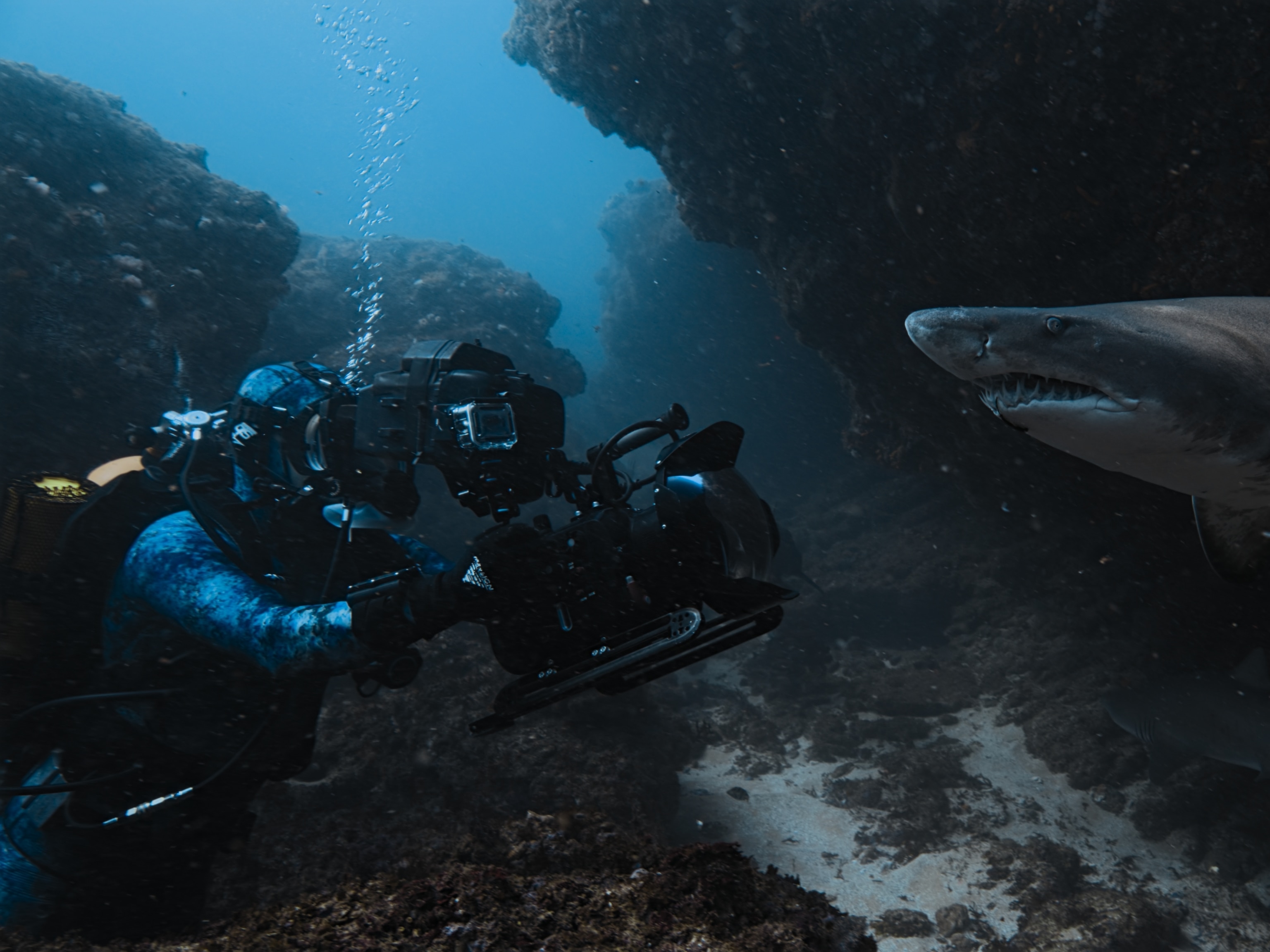Best Underwater Photos of 2016
From Cuba's underwater ecosystem to swimming with sharks in the Bahamas, National Geographic presents the best underwater photos of the year
In truth, we don’t often publish underwater photos. Not because they’re frivolous or hollow, but because they’re so hard to get. So few photographers have the knowledge and skill set to access remote parts of the ocean, to say nothing of the specialized and costly equipment. Which is why, when we do receive enchanting underwater images from our photographers in the field, we're eager to publish them.
Most of our top underwater shots of 2016 come from intrepid divers David Doubilet and Brian Skerry. Doubilet shot on assignment in Cuba’s offshore ecosystems. Skerry swam with sharks in the Bahamas. Other images came from unlikely places, including Charlie Hamilton James’s photographs of cutthroat trout and wild beavers in the Greater Yellowstone Ecosystem.
All of them show a side of the planet not often seen, of animals and plants out of sight, and often, of mind. Sylvia Earle, a National Geographic explorer-in-residence, has spent a career advocating that the unseen life underwater may in fact be the most important form of life to know about. “We are dependent on the health of the ocean at the most fundamental level,” she says. “If you protect the ocean, you protect yourself.” The first step, then, is to take a look at what’s down there.




















